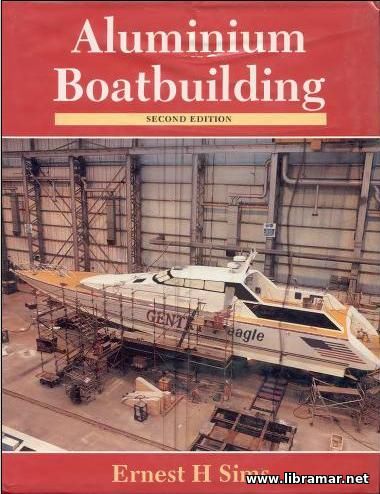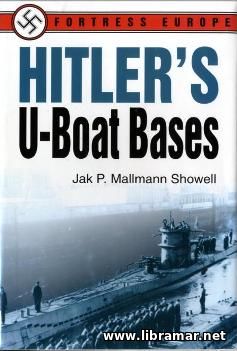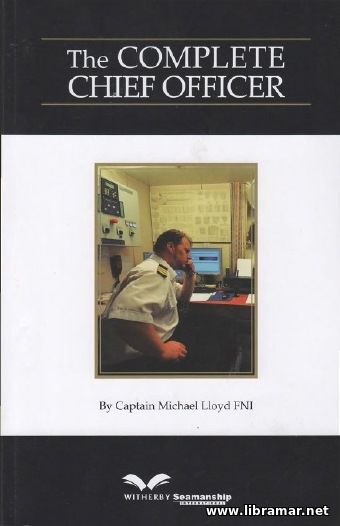Effective Communication On Board
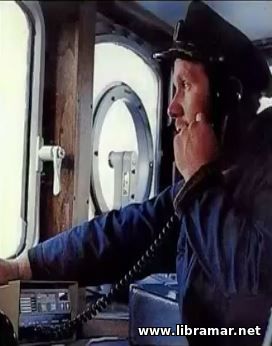
It is very important to understand the importance of the shipboard communications at all levels in order to achieve safe and efficient ship operation. What is communication? Here is one possible definition – transferring signals and messages from one person to another with the purpose of creating an understanding, a particular meaning or a certain reaction from the other person. If no reaction is received, we are talking about one-way communication.
According to statistics, as much as 70-80% of incidents and accidents at sea can be traced back to some kind of communication problem including those between personnel on the bridge because of different culture, native language, age, experience etc., between bridge and engine personnel, ship and tugs, ship and VTS, ship and ship owner/operator, ship and authorities.
Nowadays when only a few ships are sailing with a radio officer, the bridge has become not only the main communication center for internal ship communication, but also the center for external communication services. This means additional workload for the OOW, and good communication skill has become even more important for the navigation officer.
The main elements for establishing good bridge communications and teamwork are:
- Clear and precise messages delivered in standard marine English
- Mutual respect and confidence between the bridge team members
- A professional job attitude and share of the workload
- Good theoretical knowledge
- Efficient adoption of effective bridge practices and procedures
- Self-confidence
Since communication problems have been identified as a factor which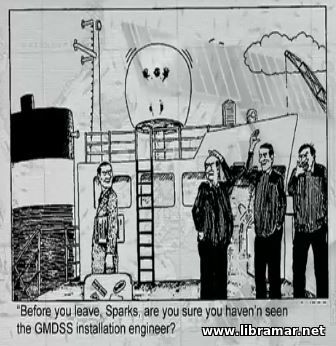 often plays a major role in sea incidents and many other accidents, the communication aspect of ship operation has been addressed by many different bodies at regular intervals over the last century. Among seafarers, the IMO publication “Standard Marine Navigational Vocabulary” is probably the best-known publication about this subject today.
often plays a major role in sea incidents and many other accidents, the communication aspect of ship operation has been addressed by many different bodies at regular intervals over the last century. Among seafarers, the IMO publication “Standard Marine Navigational Vocabulary” is probably the best-known publication about this subject today.
In the late-eighties, a new communication idea was presented to the maritime world, namely Seaspeak. More than one thousand people from twenty-six maritime nations participated in the research and work that led to the production of the Seaspeak Reference Manual and the Seaspeak Training Manual. The central principle of Seaspeak is that the receiver should be alerted to the type of message that follows, at the very beginning of the message. This aim is achieved by the use of “message markers”, a label attached to a message. This principle is entirely in agreement with the IMO recommendations and the main purpose of Seaspeak is to reduce communication problems.
Seaspeak messages are formed entirely from words within the English language. The total vocabulary used in Seaspeak comprises three kinds of words and expressions, namely the vocabulary of “general” English, and words in general and specialized maritime use.
Seaspeak has seven official message markers. However, in connection with special operations, additional markers may be used.
- Question – indicates that the following message is of interrogative character
- Request – indicates that the contents of the following messages are asking for action from others with respect to the ship
- Information – indicates that the following message is restricted to observed facts
- Intention – indicates that the following message informs other traffic participants about the ship’s intention
- Warning – indicates that the following message informs other traffic participants about dangers
- Instruction – indicates that the following message implies the intention of the sender to influence the recipient(s) by regulation
- Advice – indicates that the following message implies the intention of the sender to influence the recipient(s) by a recommendation.
The Officer on the Bridge watch should have a General Operators Certificate. For ships operating only in Area 1 a Restricted 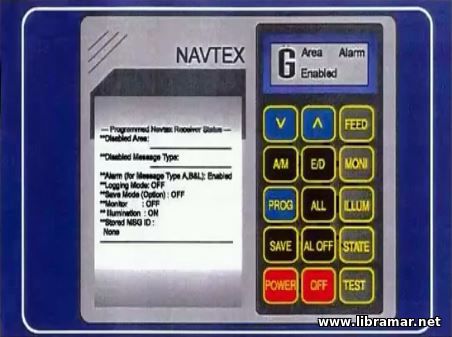 Operators Certificate is sufficient. The OOW will be responsible for ensuring compliance with the SOLAS requirements, the ITU Radio Regulations and any local watch keeping rules. The VHF watch keeping range is 20 to 30 NM, depending on antenna height.
Operators Certificate is sufficient. The OOW will be responsible for ensuring compliance with the SOLAS requirements, the ITU Radio Regulations and any local watch keeping rules. The VHF watch keeping range is 20 to 30 NM, depending on antenna height.
All ships must keep a continuous watch on the following channels:
- Digital Selective Calling (DSC) Channel 70 (156.525 MHz)
- Channel 16 (156.8 MHZ) when practicable
- Channel 13 (156.650 MHz) when practicable.
When within their ranges, ships must keep a continuous watch on the NAVTEX (518 KHz) and Digital Selective Calling (2187.5 KHz) medium frequencies. High frequency broadcasts have a nearly unlimited range. Ships must keep a continuous watch on distress and DSC frequencies (4, 6, 8, 12 and 16 MHz), according to their position. Ships equipped with a Ship Earth Station must keep a continuous watch o the satellite appropriate to their position. The range of satellite broadcasts is limited to non-polar regions.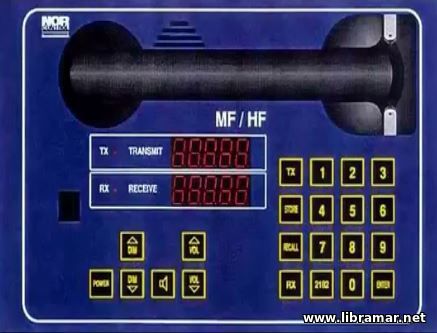
A radio log containing records of all incidents connected with radio communications of importance to the safety of the life at sea must be maintained. The following information is normally required in the radio log:
- A summary of communications relating to distress, urgency and safety traffic
- A reference to important radio service incidents
- Own ship’s position should be noted at least once a day
- Identities of other stations with which contact has been made
- Problems due to interference, congestion etc.
- Unnecessary transmissions, obscene language etc.
Radio equipment should be tested at the interval stated by the manufacturer and in accordance with Flag State requirements. Great care should be taken to avoid the transmission of false alerts when testing equipment.
All ships should make a report to the relevant authorities when an accident involving another ship is observed or an accident on  their own ship involves:
their own ship involves:
- A discharge or a probable discharge of oil or of other noxious liquid substances above permitted level has taken place
- A discharge or probable discharge of harmful substances in packaged form has occurred
- A discharge during the operation of the ship of oil on other noxious liquid substances in excess of what is allowed has occurred.
The OOW should always be prepared for an emergency situation to occur. He must familiarize himself with all procedures. There should be refreshed and practiced as a drill at regular intervals. The OOW should always remember that an emergency incident does not become dangerous until it gets out of control. The most important thing to do during an emergency is to stay calm, think clearly and follow relevant emergency procedures. Follow standard procedures which have already been practiced in drills.
The "Read Later" function allows you to add material to this block with just one click. Just click on the icon and read the articles that interest you at any convenient time.
